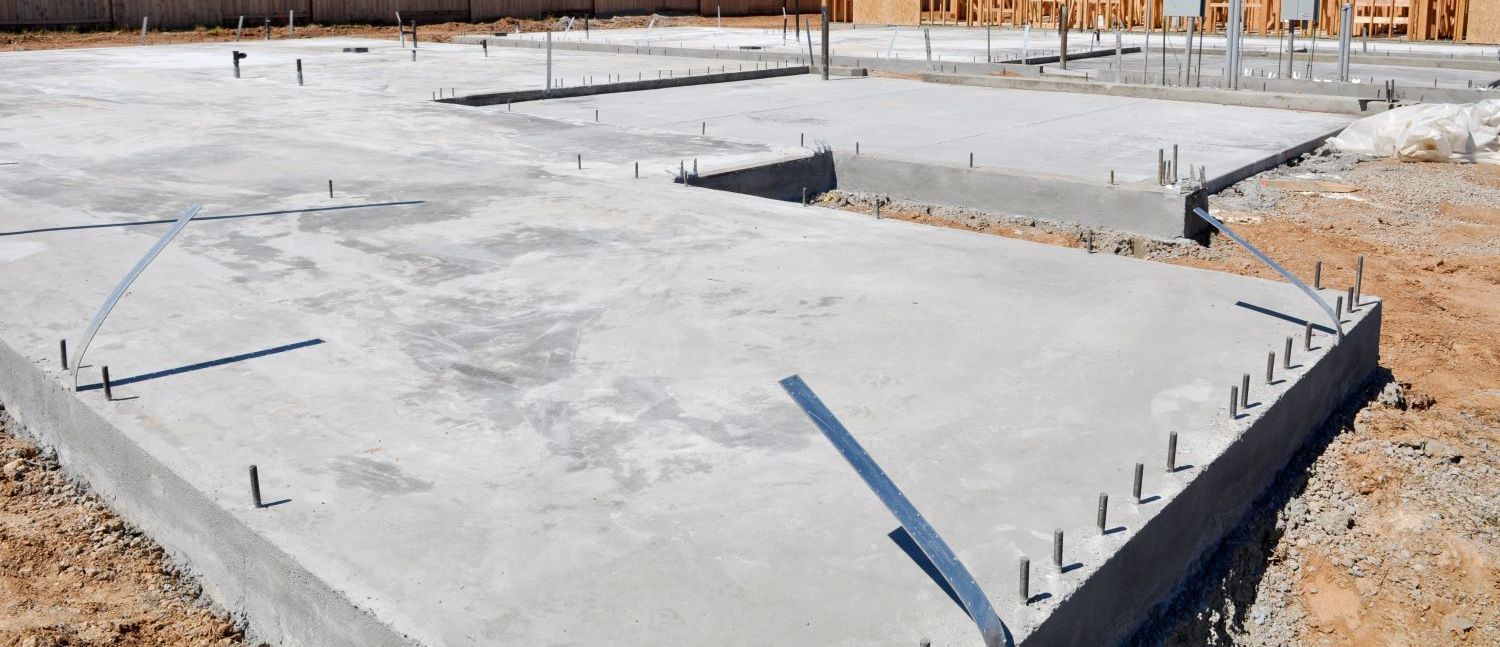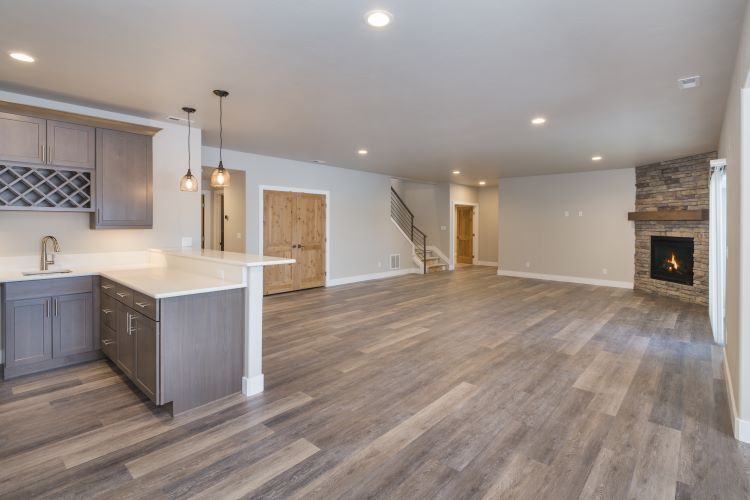The Fundamentals of Concrete Resurfacing

Concrete resurfacing is an essential process for homeowners and businesses looking to restore the look and functionality of their aging or damaged concrete surfaces. Instead of replacing the entire slab, resurfacing offers an economical and effective solution to revitalize your concrete. Whether you’re dealing with cracked, chipped, or stained concrete in your basement, driveway, or patio, resurfacing can bring back its former glory and provide a fresh, new appearance.
In this blog, we’ll explore the fundamentals of concrete resurfacing, its benefits, and how it can enhance your property’s value, especially in basements where the condition of concrete is crucial.
What is Concrete Resurfacing?
Concrete resurfacing involves applying a thin layer of cement-based overlay or coating to your existing concrete surface. This process can repair minor damage, cover imperfections, and enhance the look of the surface without the need for full replacement. The resurfacing material bonds with the old concrete, creating a strong, durable layer that can last for years.
Concrete resurfacing is ideal for:
- Basement floors
- Patios
- Driveways
- Garage floors
- Walkways
By resurfacing rather than replacing, you can achieve a modern and aesthetically pleasing finish while saving on labor and material costs.
Benefits of Concrete Resurfacing
1. Cost-Effective
Concrete replacement can be costly, especially when large slabs are involved. Resurfacing provides an affordable alternative that delivers excellent results without the need for demolition and full reinstallation.
2. Improves Appearance
Resurfacing offers a way to refresh and modernize the appearance of concrete. It can be customized with different textures, colors, and finishes to suit your design preferences, giving you options like stamped concrete or a polished look.
3. Repairs Minor Damage
If your concrete is cracked, chipped, or uneven, resurfacing can fill in those imperfections, providing a smooth and uniform surface. It’s a great solution for basement floors that may have become worn out over time.
4. Increases Durability
The new resurfacing layer is designed to be highly durable and can protect the underlying concrete from further wear and tear. This is especially important in areas like basements, which are subject to moisture and other environmental factors.
5. Environmentally Friendly
Resurfacing minimizes waste since there’s no need to remove the existing concrete. It reduces the use of raw materials and transportation costs associated with concrete replacement, making it a more sustainable option.
How Does the Concrete Resurfacing Process Work?
Step 1: Surface Preparation
The first step in the resurfacing process is preparing the existing concrete. The surface must be clean, dry, and free of any loose debris, oil stains, or previous coatings. Power washing is often used to remove dirt and grime. Cracks and holes are then repaired using a filler compound to ensure the surface is even.
Step 2: Mixing the Resurfacing Material
The resurfacing material is mixed with water to form a thin, workable overlay. Depending on the product, additives may be included to improve bonding and flexibility, which are especially important for surfaces exposed to heavy use or fluctuating temperatures.
Step 3: Application
The resurfacing compound is applied using specialized tools such as trowels, squeegees, or rollers. It’s spread evenly over the surface to create a smooth, level finish. Homeowners have the option of adding decorative elements at this stage, like coloring, patterns, or texturing.
Step 4: Curing
Once applied, the resurfacing layer needs time to cure. The curing process typically takes a few days, during which the material hardens and bonds with the original concrete. Proper curing is crucial to ensure durability and longevity.
Is Concrete Resurfacing Right for You?
Concrete resurfacing is an excellent choice for homeowners in London, Ontario, looking to repair and enhance their concrete surfaces without breaking the bank. However, it’s important to note that resurfacing is most effective for concrete with minor cosmetic damage. If the underlying slab is severely damaged or structurally compromised, full replacement may be necessary.
When to Choose Resurfacing:
- Surface is generally sound, but has visible cracks or stains.
- You want to change the appearance of old, outdated concrete.
- You’re looking for a cost-effective way to repair and upgrade concrete areas.
When to Consider Replacement:
- Significant structural damage (deep cracks, extensive sinking, or heaving).
- Extensive water damage.
- The concrete is severely worn down and no longer stable.
Why Choose Basement Renovations London?
At Basement Renovations London, we understand that concrete plays a critical role in your home’s functionality and aesthetic appeal. Whether you need resurfacing for your basement floor or another concrete project, we have the expertise and experience to deliver high-quality results. Our team is dedicated to providing homeowners with durable and beautiful concrete surfaces that stand the test of time.
Resurfacing can transform the look of your basement, giving you a smooth, modern floor that’s ready for anything, whether it’s a home gym, entertainment room, or extra living space.
Conclusion
Concrete resurfacing is an effective and affordable way to repair and upgrade your existing concrete surfaces. From revitalizing your basement floor to restoring the beauty of outdoor patios and walkways, resurfacing offers many benefits, including enhanced durability, improved appearance, and cost savings.
At Basement Renovations London, we specialize in delivering top-notch concrete services tailored to your needs. If your concrete is looking worn out or damaged, consider resurfacing as a solution to breathe new life into your home’s surfaces. Contact us today to learn more about our concrete services and how we can help you achieve your renovation goals.
You might also like




